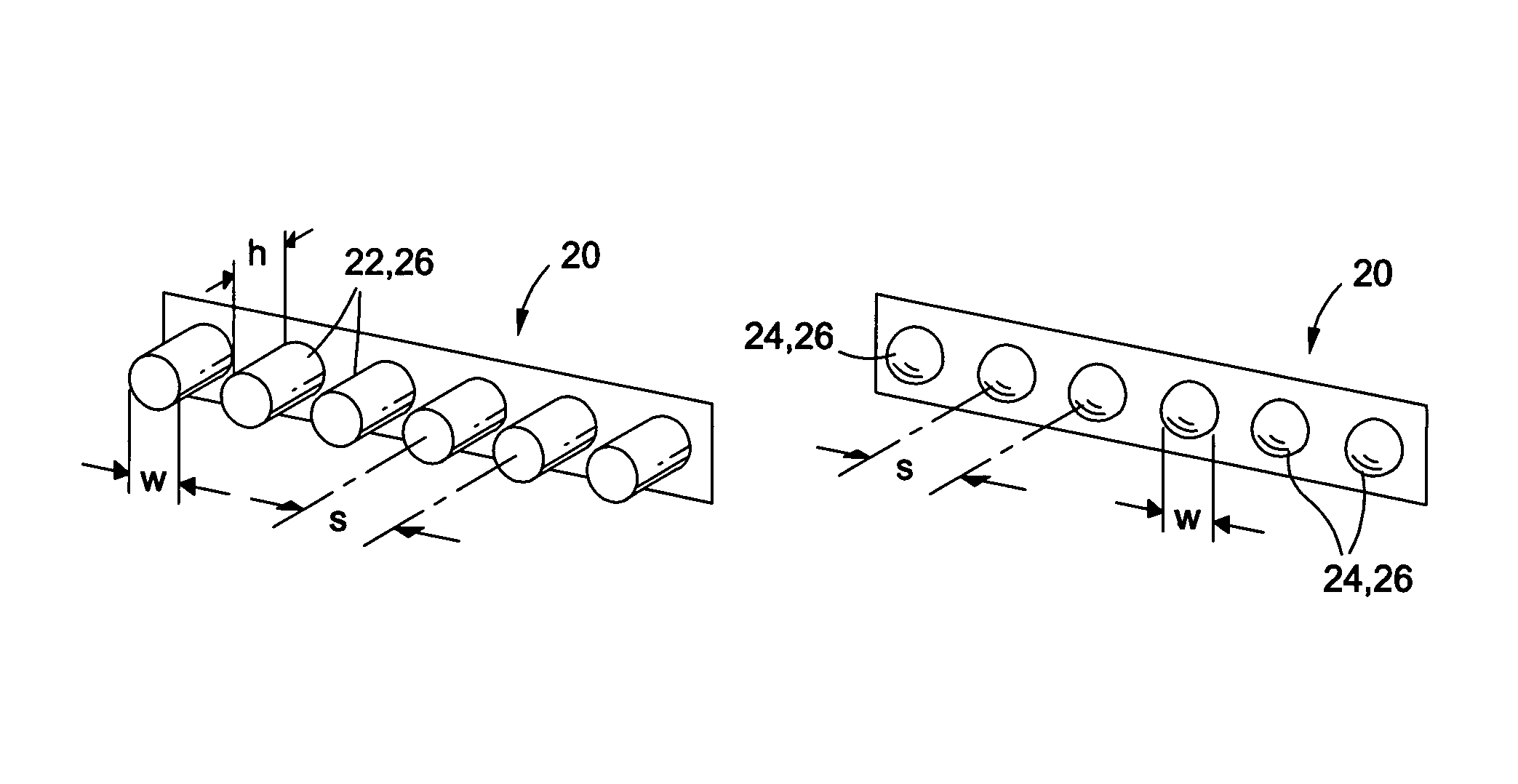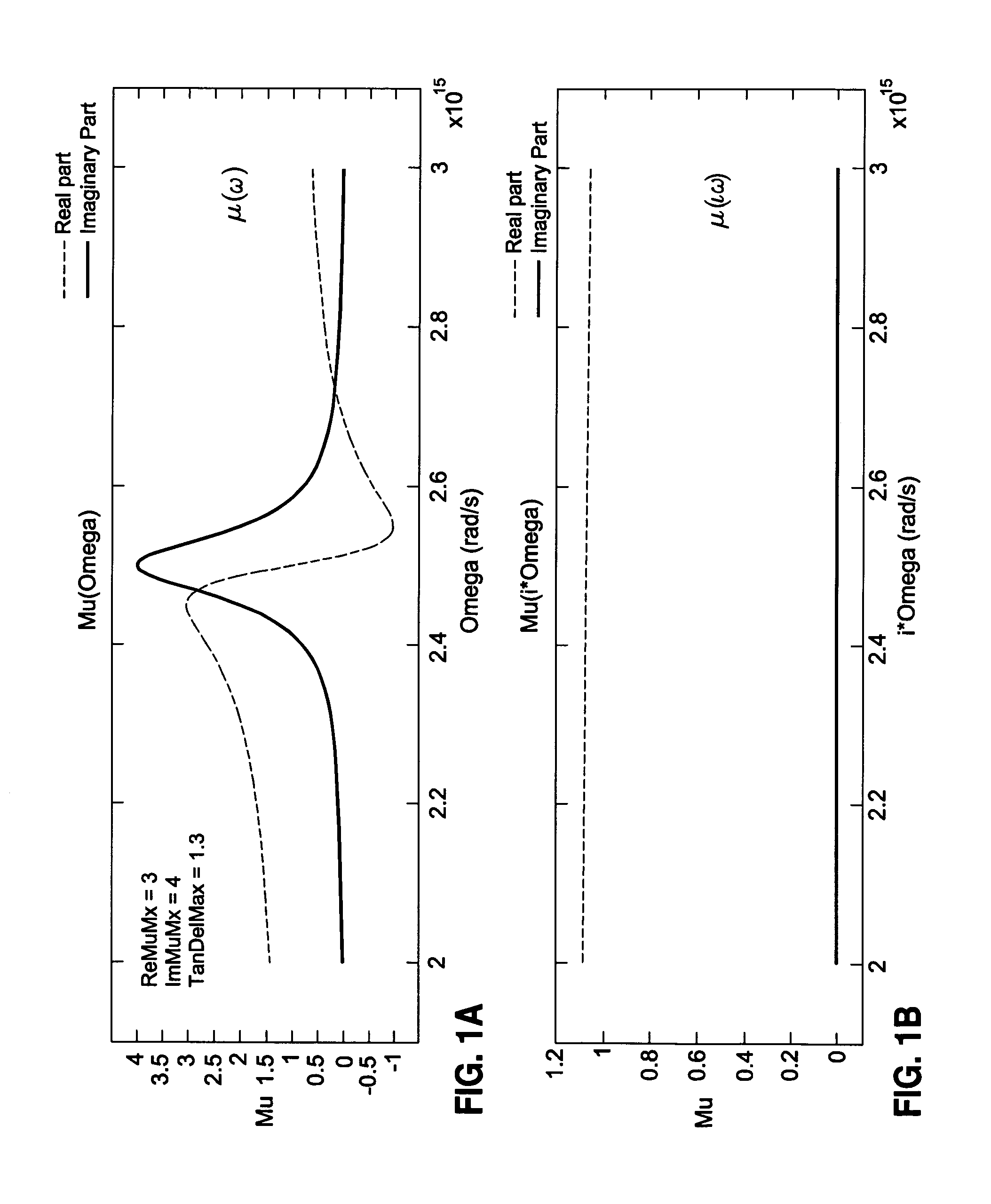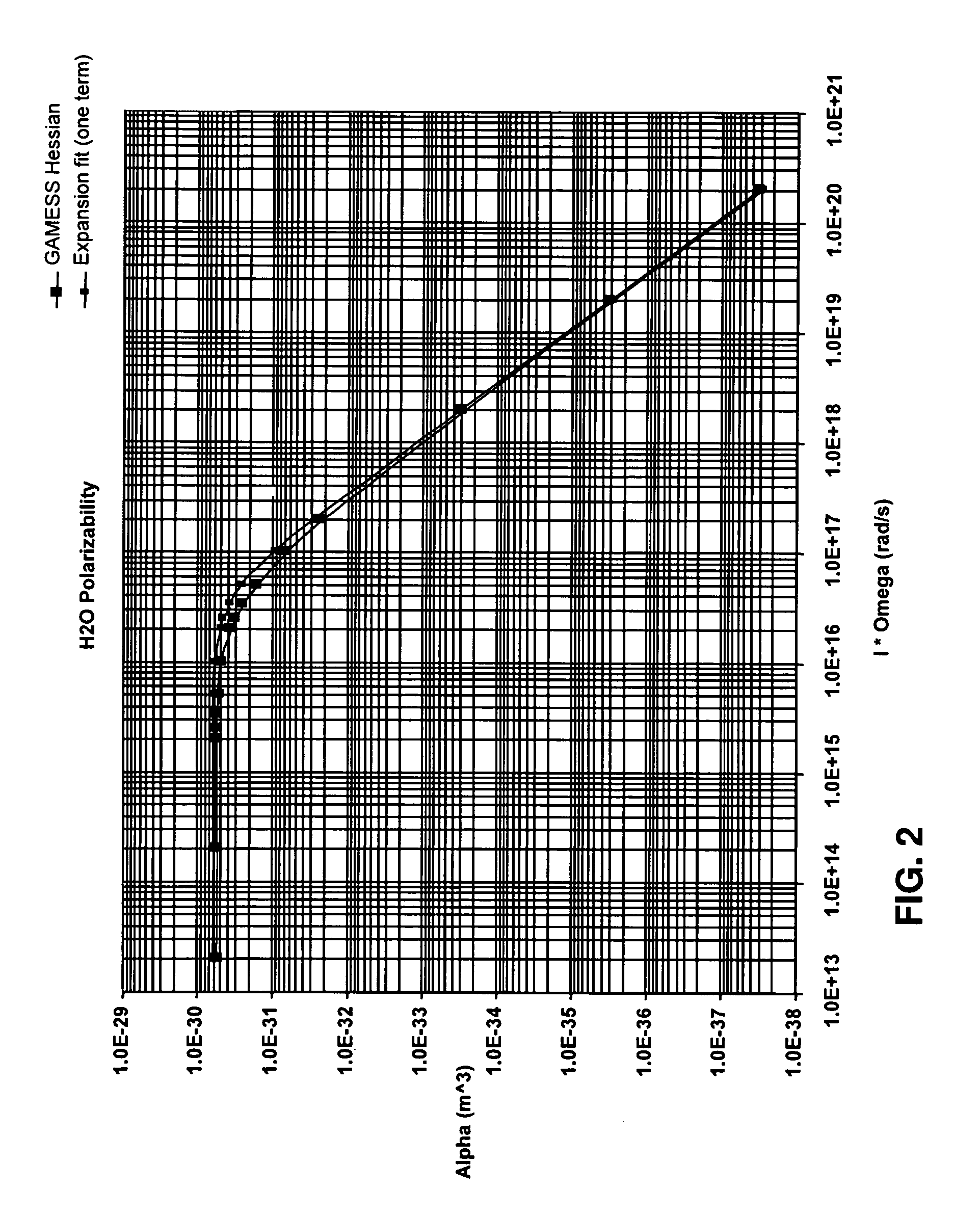System and method for reducing viscous force between a fluid and a surface
a technology of viscous force and fluid, applied in the field of viscous drag, can solve the problems of reducing the efficiency of an object moving through a fluid as friction drag or viscous drag, affecting the forward motion of the aircraft, increasing maintenance labor and costs, etc., and reducing the viscous drag of the fluid on the surface.
- Summary
- Abstract
- Description
- Claims
- Application Information
AI Technical Summary
Benefits of technology
Problems solved by technology
Method used
Image
Examples
Embodiment Construction
[0031]Referring now to the drawings wherein the showings are for purposes of illustrating preferred and various embodiments of the disclosure only and not for purposes of limiting the same, FIGS. 1-5C illustrate various aspects of the embodiments of the invention for reducing viscous drag of a surface moving through a fluid by exploiting properties of a metamaterial that enable, among other capabilities, the reduction, elimination, and / or reversal of the attractive forces that exist between atoms and molecules of a fluid and a surface.
[0032]Embodiments as disclosed herein and as contemplated by the principles of the invention may preferably incorporate one or a combination of metamaterials preferably having high magnetic permeability and low electrical permittivity properties that are sufficient to generate a repulsive force between the metamaterial and the fluid flowing over the surface. As used in this disclosure, the term “van der Waals force” refers to and is typically character...
PUM
| Property | Measurement | Unit |
|---|---|---|
| diameter | aaaaa | aaaaa |
| frequencies | aaaaa | aaaaa |
| frequencies | aaaaa | aaaaa |
Abstract
Description
Claims
Application Information
 Login to View More
Login to View More - R&D
- Intellectual Property
- Life Sciences
- Materials
- Tech Scout
- Unparalleled Data Quality
- Higher Quality Content
- 60% Fewer Hallucinations
Browse by: Latest US Patents, China's latest patents, Technical Efficacy Thesaurus, Application Domain, Technology Topic, Popular Technical Reports.
© 2025 PatSnap. All rights reserved.Legal|Privacy policy|Modern Slavery Act Transparency Statement|Sitemap|About US| Contact US: help@patsnap.com



